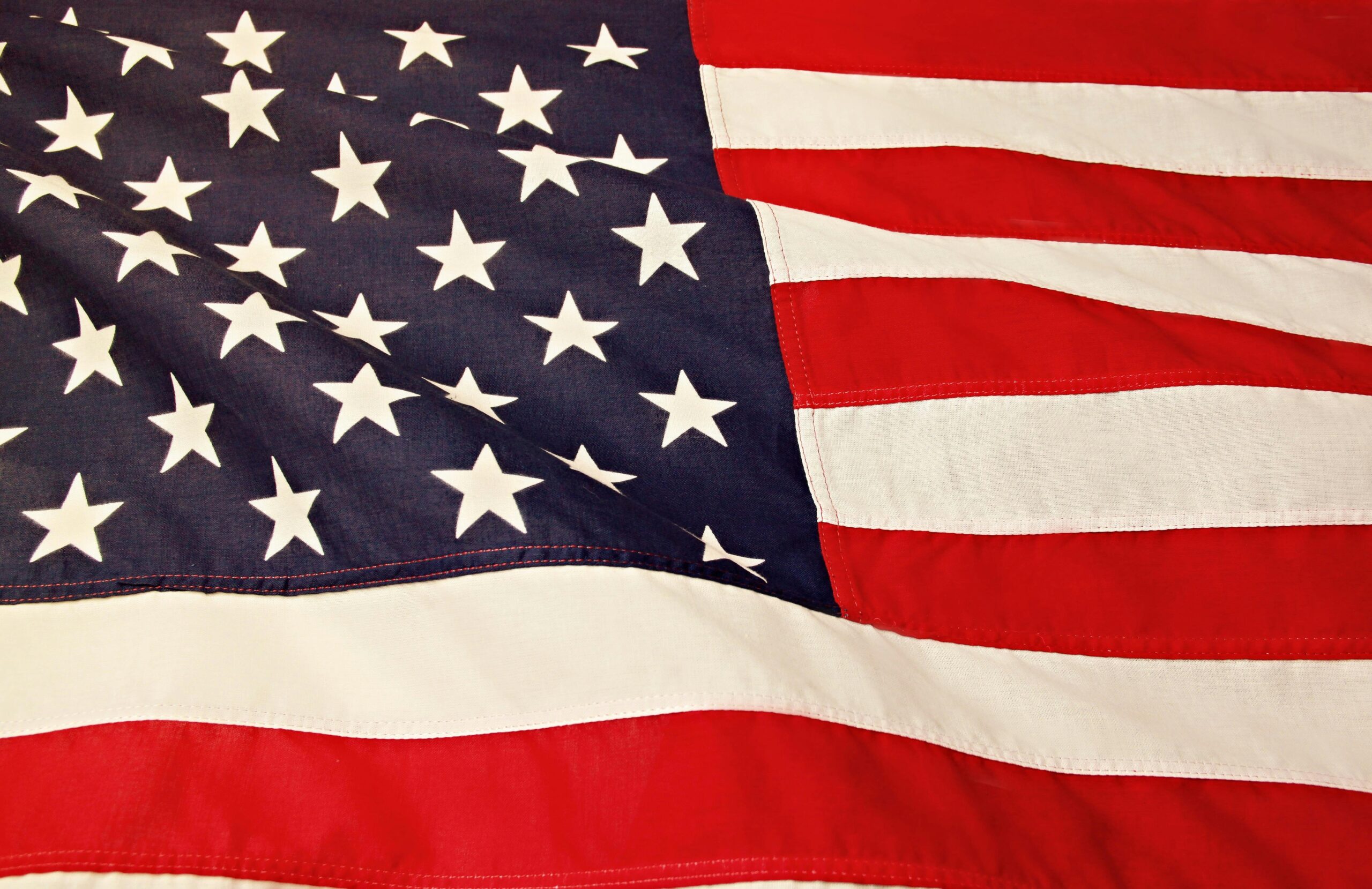The relationship between the United States and Saudi Arabia is one of the most complex and enduring bilateral ties in the modern world. While it may seem to be merely an alliance of convenience, forged in the crucible of geopolitical necessity and economic interest, the historical roots of U.S.-Saudi relations run much deeper. This relationship, spanning over eight decades, has shaped not only the Middle East’s geopolitical landscape but also the global energy markets, making it a cornerstone of U.S. foreign policy.
The Genesis of a Strategic Partnership
The seeds of U.S.-Saudi relations were sown in the early 20th century when the vast potential of Saudi Arabia’s oil reserves was first recognized. In 1933, Standard Oil of California (now Chevron) signed a concession agreement with Saudi Arabia, marking the beginning of a mutually beneficial partnership centered around oil. This agreement gave birth to the Arabian-American Oil Company (Aramco), a venture that would grow to become one of the world’s most valuable companies and a key player in global energy markets.
For the Saudis, the discovery of oil in 1938 transformed the kingdom from a desert backwater into one of the wealthiest nations on earth. For the United States, securing access to Saudi oil was a strategic imperative, especially as the world hurtled towards World War II. The American need for secure oil supplies, coupled with Saudi Arabia’s emerging role as a major oil producer, laid the foundation for a long-term alliance.
The Cold War and the Strengthening of Ties
The U.S.-Saudi relationship deepened significantly during the Cold War. As the United States sought to contain Soviet influence in the Middle East, Saudi Arabia became a critical ally in the region. The kingdom’s anti-communist stance, rooted in its commitment to conservative Islamic values, aligned closely with American objectives in the region.
One of the most significant moments in this evolving relationship came in 1945, when President Franklin D. Roosevelt met with King Abdulaziz Ibn Saud aboard the USS Quincy in the Suez Canal. This historic meeting cemented the U.S.-Saudi alliance, with the United States pledging to protect Saudi Arabia in exchange for stable oil supplies. This understanding became a cornerstone of U.S. policy in the Middle East and underscored the importance of Saudi Arabia in American strategic calculations.
The U.S.-Saudi partnership during the Cold War was not without its challenges. The 1973 oil embargo, initiated by Saudi Arabia and other Arab oil producers in response to U.S. support for Israel during the Yom Kippur War, strained relations severely. The embargo led to a global energy crisis and forced the United States to reconsider its energy dependence on the Middle East. Despite this, the underlying strategic interests that bound the two nations together ultimately prevailed, and the relationship endured.
The Post-Cold War Era and the War on Terror
The end of the Cold War did not diminish the importance of U.S.-Saudi ties. On the contrary, the Gulf War in 1990-91 highlighted Saudi Arabia’s critical role in maintaining regional stability. The United States led a coalition to expel Iraqi forces from Kuwait, and Saudi Arabia served as a key staging ground for American troops. The war reinforced the military dimension of the U.S.-Saudi relationship, with the United States providing security guarantees in exchange for continued access to Saudi oil.
The relationship faced a new set of challenges in the post-9/11 era. The involvement of 15 Saudi nationals in the September 11 attacks cast a shadow over U.S.-Saudi relations and led to intense scrutiny of the kingdom’s role in promoting extremist ideologies. Despite these tensions, the two countries continued to cooperate closely on counterterrorism, intelligence sharing, and regional security
The Modern U.S.-Saudi Relationship: Complex but Enduring
Today, the U.S.-Saudi relationship is as multifaceted as ever. Economic ties remain strong, with Saudi Arabia being one of the largest buyers of American arms and a key player in global energy markets. The kingdom’s Vision 2030 initiative, aimed at diversifying its economy away from oil dependence, has opened new avenues for economic cooperation.
However, the relationship also faces significant challenges, including differing approaches to human rights, regional conflicts, and global energy transitions. While these issues have tested the alliance, the historical roots of U.S.-Saudi ties—built on mutual interests and shared strategic objectives—suggest that this relationship, though complex, is likely to endure.
In conclusion, the U.S.-Saudi relationship is a product of both historical necessity and strategic foresight. From the discovery of oil to the geopolitics of the Cold War and the challenges of the modern era, the ties between these two nations have been shaped by a unique blend of pragmatism, shared interests, and occasionally, mutual suspicion. As the world continues to evolve, so too will this enduring, if sometimes uneasy, partnership.












Recent Comments